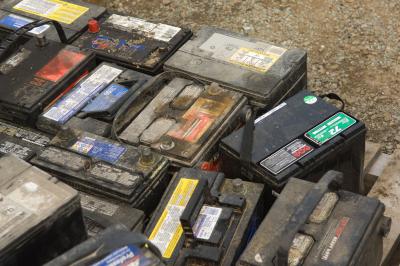
Adding electric accessories such as a large sound system to your car or truck places a large strain on the original equipment battery. The battery is generally undersized because the vehicle was not engineered for that large electrical load. Installing a second battery eliminates that problem and helps the car start faster in cold weather.
The best location for adding a second battery is under the hood. Because most cars will not have room for two batteries on the same side of the car, it is a good idea is to check for an area large enough for the battery on the opposite side of the under-hood area. A second battery could be mounted in the truck if all else fails, but be aware that battery cables of that length would be custom-made and quite expensive. Use common sense when routing the new battery cables and other wiring and keep all wiring away from high heat sources such as the exhaust manifolds.
A second battery should be isolated electrically from the primary battery by using a battery isolator. This device breaks the connection between the two batteries when the ignition switch is turned off to prevent both batteries from being drained leaving you with a vehicle that won't start. By connecting the batteries when the engine is running the device allows the auxiliary battery to be charged by the vehicle alternator.Isolators are either mechanical relay systems or solid-state devices.
An isolator will have a terminal for a connection to the ignition switch, a terminal for ground and a large terminal for each positive battery cable. Mount the isolator under the hood for the shortest possible wire runs and easier access to a 12-volt source from the ignition switch. This 12-volt wire should be off when the key is off, and on during both engine starting and engine running.
Make the connections to the battery positive terminals with battery cables the same gauge as the original equipment cables except in the case of a trunk-mounted battery. When the battery is added in the rear use battery cables larger than the original equipment cables. The ground and positive wires to the isolator are regular 12- or 14-gauge automotive wire.